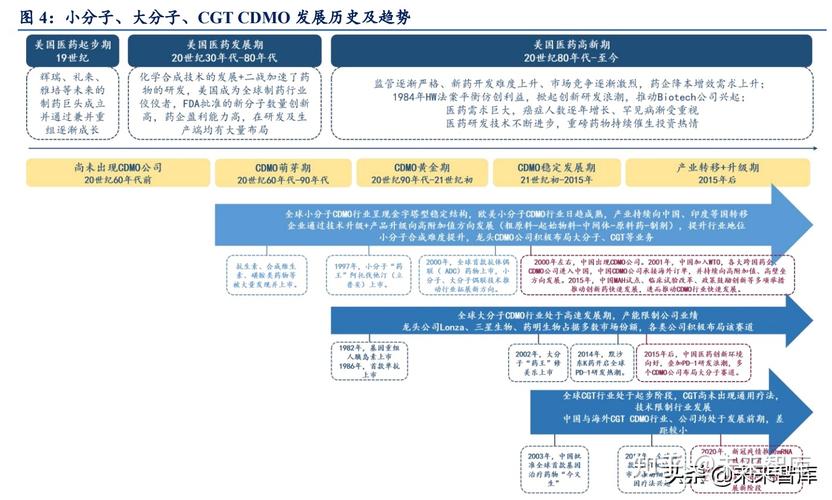Cro Strategy Development: A Comprehensive Guide for Effective Marketing
Understanding the importance of customer relationship optimization (cro) in today’s competitive market is crucial for any business looking to thrive. Cro strategy development involves a multi-dimensional approach that focuses on enhancing customer experiences, improving engagement, and ultimately driving conversions. In this article, we will delve into the intricacies of cro strategy development, providing you with a detailed and actionable guide to help your business succeed.
Understanding Cro Strategy Development
Cro strategy development is a systematic process that aims to optimize the customer journey, from the initial interaction to the final conversion. It encompasses various elements, including customer segmentation, personalization, and continuous improvement. By implementing a well-defined cro strategy, businesses can create a seamless and engaging experience for their customers, leading to increased satisfaction and loyalty.
![]()
Let’s explore some key components of cro strategy development:
| Component | Description |
|---|---|
| Customer Segmentation | Dividing your target audience into distinct groups based on demographics, psychographics, and behavior patterns. |
| Personalization | Tailoring your marketing efforts to meet the specific needs and preferences of each customer segment. |
| Customer Experience Optimization | Improving the overall customer journey by identifying pain points and addressing them proactively. |
| Conversion Rate Optimization | Increasing the percentage of visitors who take a desired action, such as making a purchase or signing up for a newsletter. |
Customer Segmentation: The Foundation of Cro Strategy Development
Customer segmentation is the first step in cro strategy development. By understanding your target audience, you can create more effective marketing campaigns and deliver personalized experiences. Here are some common methods for customer segmentation:
-
Demographic segmentation: Dividing customers based on age, gender, income, education, and other demographic factors.
-
Psychographic segmentation: Grouping customers based on their personality traits, values, interests, and lifestyles.

-
Behavioral segmentation: Categorizing customers based on their purchasing behavior, usage patterns, and brand loyalty.
Personalization: Enhancing Customer Engagement
Personalization is a key element of cro strategy development. By tailoring your marketing messages and experiences to each customer segment, you can increase engagement and drive conversions. Here are some ways to implement personalization:
-
Dynamic content: Displaying different content based on the customer’s preferences, past interactions, and browsing behavior.
-
Personalized recommendations: Suggesting products or services based on the customer’s purchase history and browsing activity.
-
Customized email campaigns: Sending targeted emails with personalized offers and content based on the customer’s interests and preferences.
Customer Experience Optimization: Ensuring a Seamless Journey
Customer experience optimization is crucial for cro strategy development. By identifying and addressing pain points in the customer journey, you can improve satisfaction and increase conversions. Here are some steps to optimize the customer experience:
-
Customer feedback: Collecting and analyzing customer feedback to identify areas for improvement.
-
Usability testing: Testing your website and mobile app to ensure they are user-friendly and easy to navigate.
-
Customer support: Providing prompt and helpful customer support to resolve any issues or concerns.
Conversion Rate Optimization: Driving Results
Conversion rate optimization (cro) is the process of improving the percentage of visitors who take a desired action. By implementing cro strategies, you can increase conversions and drive revenue. Here are some techniques for cro:
-
A/B testing: Testing different versions of web pages, emails, and other marketing materials to determine which performs better.
-
Heatmaps: Analyzing user behavior on your website to identify areas of improvement.
-
Optimizing landing pages: Ensuring that landing pages are relevant, compelling, and easy to navigate.













